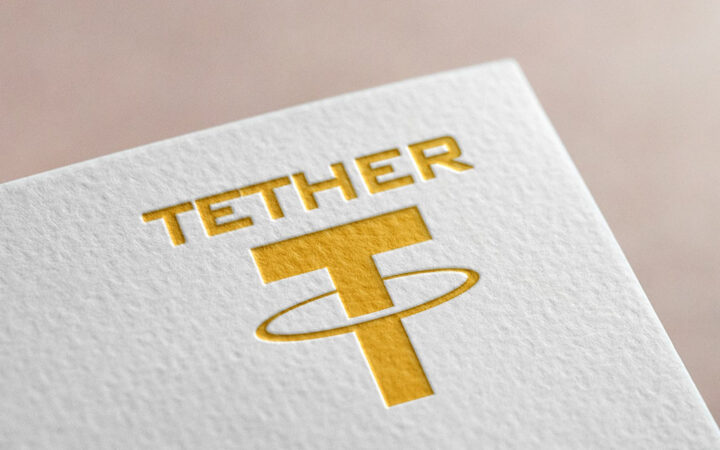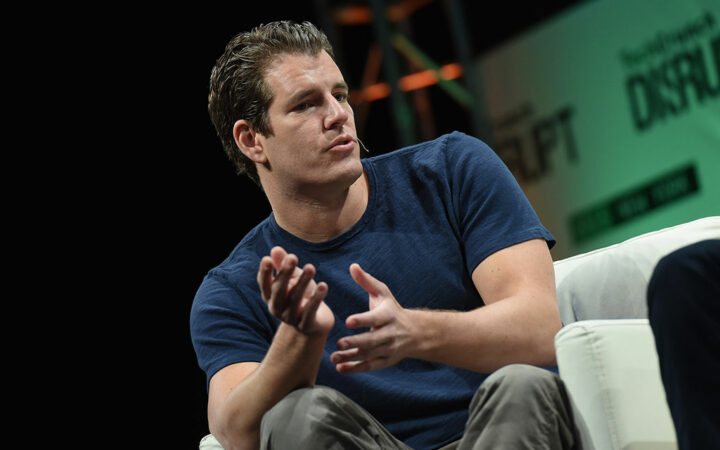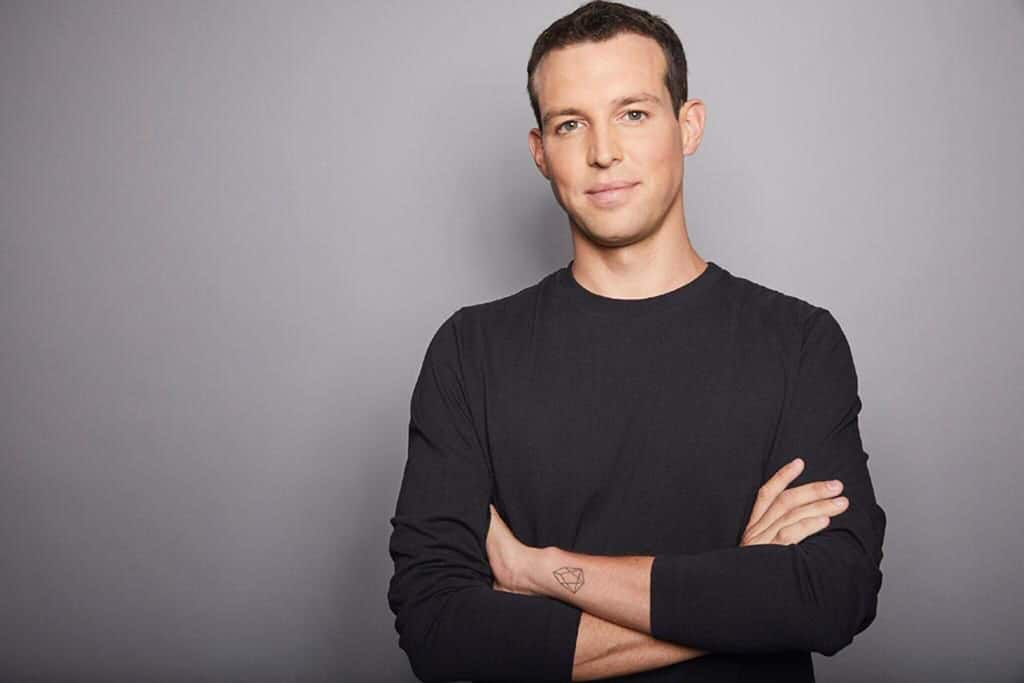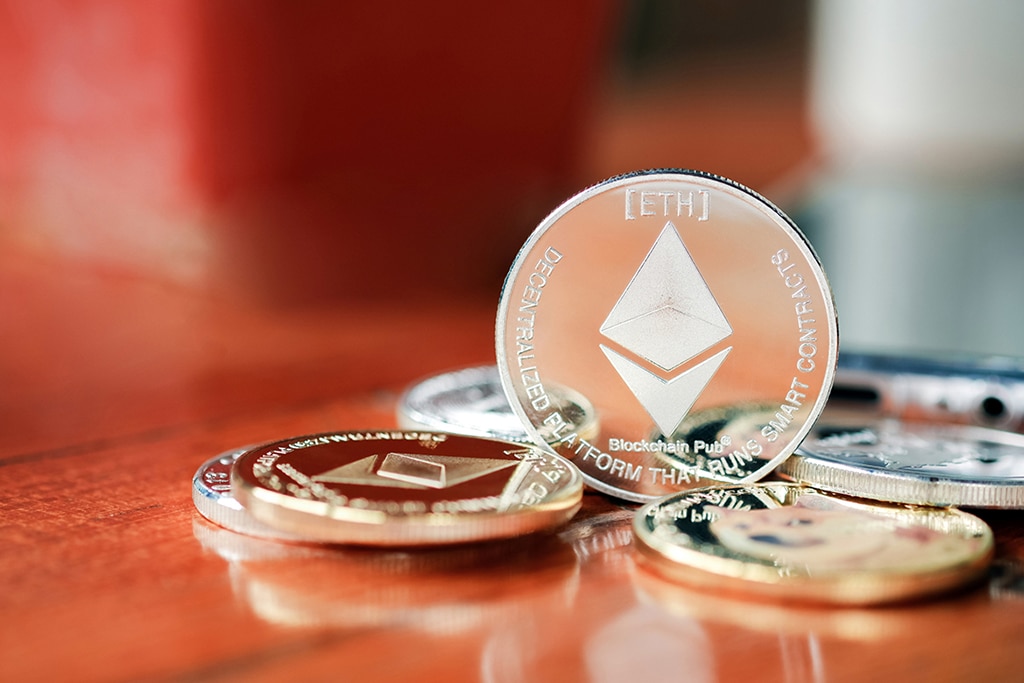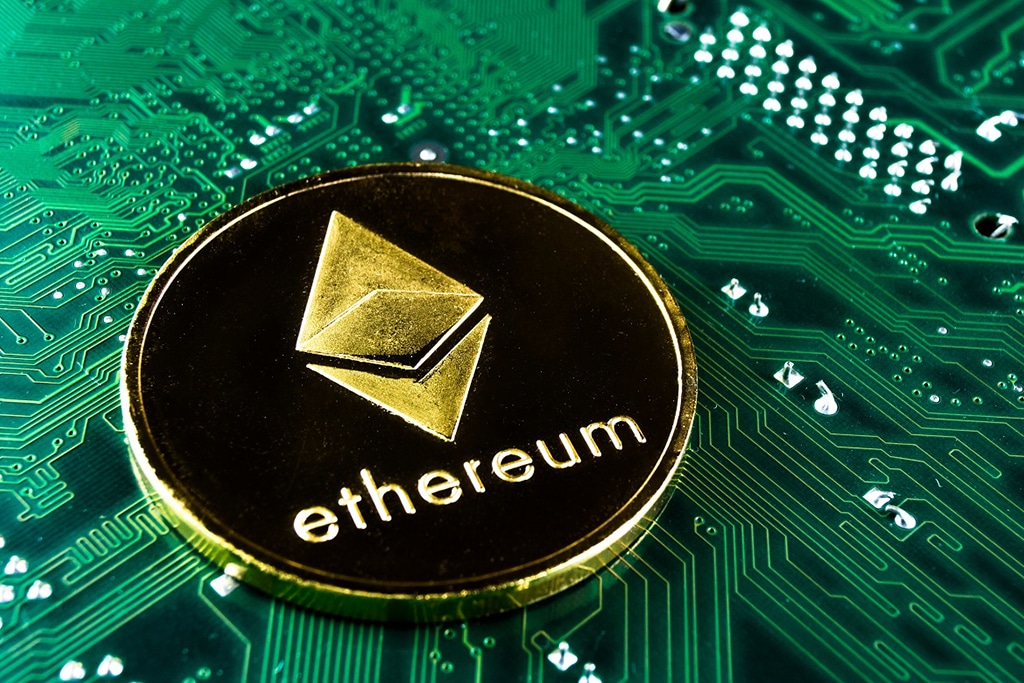
Hailed as the ‘Ethereum killer’, it’s time to discover what all the fuss is about, and if EOS could be a worthwhile investment. Let’s start from the beginning and learn what the new crypto network is all about.
What is EOS?
EOS is the native cryptocurrency of the blockchain protocol EOS.IO, a company founded by Block.one. In May 2017, the Cayman Islands based startup introduced the project in its white paper.
By 2018, the company raised over $4 billion in an ICO which lasted over a year, the longest for any cryptocurrency project and also one of the most profitable in tech, with Bitcoin ($185 million) and Telegram ($1.7 billion) falling far behind.
Heading the project are Block.one’s CEO, Brendan Blumer, and CTO, Daniel Larimer, the creator of the DPoS (Delegated Proof of Stake) consensus mechanism for verifying crypto transactions.
In essence, the network is very similar to Ethereum, and many other crypto analogues, featuring a cryptocurrency, blockchain, white paper, a consensus mechanism, and all the other usual features.
But, What does EOS Actually Do?
EOS works using a blockchain-based architecture, that allows its users to horizontally scale decentralised applications (dApps). For users, this means they can concentrate more on the overall performance of their apps, with the EOS.IO platform taking care of all the details, including databases, authentication, crypto accounts, and more, to create a high-quality result.
So, what makes it so different?
EOS is Not Mineable
Unlike other crypto networks that allow users to gain a stake by mining, EOS released all its coins in a year-long ICO process with around 1 billion coins in total being distributed. This system of release allows for investors to build market demand for the currency, and help prevent the centralisation that has become problematic for many of the established networks. Coins being mined by large-scale firms, can create artificial centralisation in a decentralised network.
EOS is a Free Network
Well not exactly, the company eliminated transaction fees, which means that users don’t need to spend their EOS cryptocurrency to use the network – it’s free. However, they do need to prove they hold them, making the network inaccessible for some users. Any fees on the network are decided by the app’s creators during development.
EOS is Fast
One of the main gripes EOS’s founders had with other crypto networks was the slow speed of transactions, so it’s no surprise that the company places a huge focus of speed. Its ambition? Millions of transactions per second. With the platform still in its infancy, performance results are yet unclear. If it manages to live up to the promise, it could prove to be a tough competitor for other networks.
EOS is a Digital Democracy
The platform’s DPoS consensus system allows for transactions on the network to be validated quickly and democratically. The system allows for transactions to be witnessed by a group of stakeholders that verify its authenticity, meaning the community vote counts.
The Team Behind the Project
The company’s CEO Brendan Blumer heads the team. The American-born, serial entrepreneur, who currently lives in Hong Kong, started his journey in the world of tech at 15 years old by developing a website to sell virtual gaming assets. After getting in crypto in 2014, he met and began working with Daniel Larimer in 2016.
CTO Daniel Larimer is best known as a software programmer, founder of the DPoS system and serial crypto entrepreneur. Since starting in the crypto world, he has been involved in a number of projects such as BitShares and Steemit.
Brock Pierce and Ian Griggs are two of the company’s partners. Pierce is a venture capitalist and holds positions as chairman of the Bitcoin Foundation. Meanwhile Griggs is the creator of the Ricardian Contract, a method of taking a legal contact and expressing it in a programmable format, a possible precursor to the modern smart contact.
Criticisms of the Ethereum Killer
Despite the company’s ICO being launched a year ago and closing in July 2018 with over $4 billion raised, many are unclear as to what the company plans to do with the investment, causing some scepticism among investors.
Additional questions were raised by the stalled launch. Over the launch weekend, a bug in the system caused downtime of block production, creating questions about the security of the platform, and how well tested it really is.
Trading EOS
Although the company’s IPO recently closed (July 2018), those looking to invest in the cryptocurrency can do so through various online cryptocoin exchanges that allow investors to trade fiat or other cryptocurrencies for the coin.
Another alternative for trading the EOS coin is through CFDs (contracts for difference). CFD trading platforms allow traders to speculate on the price of a particular financial instrument and benefit from both rises and falls. However, if the trade moves against the trader they could be in for some losses too.
For crypto currency sceptics or those looking to keep their options open, trading with CFDs could provide the perfect opportunity for trading flexibility.


